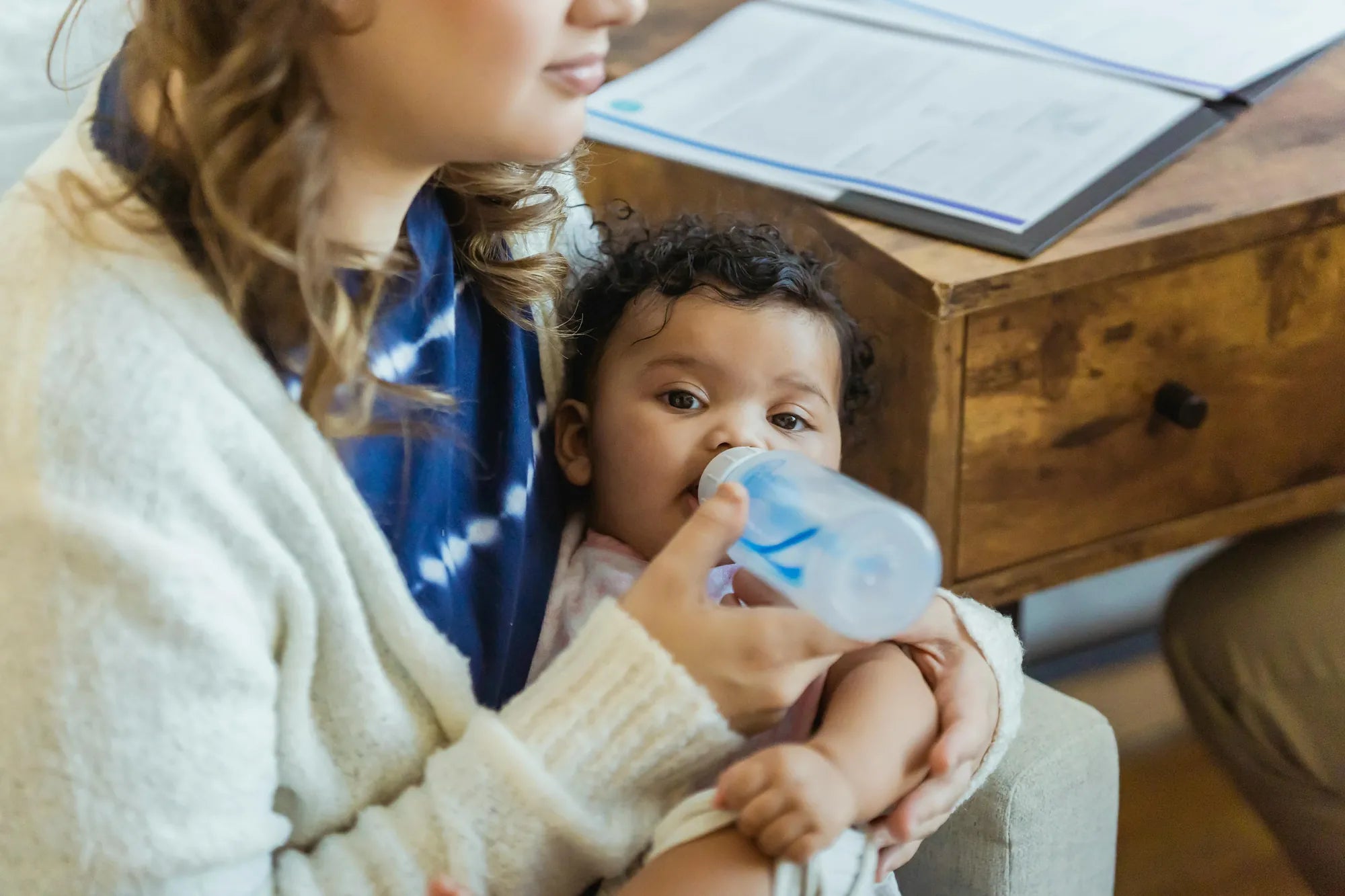Startseite
Pregnancy, Breastfeeding, and Pumping: The Ultimate Guide for Moms
When to Stop Sterilising Breast Pump: A Comprehensive Guide

When to Stop Sterilising Breast Pump: A Comprehensive Guide
Deciding when to stop sterilising your breast pump is a crucial step in your breastfeeding journey. This article will guide you through the factors to consider, the best practices for maintaining hygiene, and how to ensure your baby's safety.
Understanding the Importance of Sterilisation
Sterilising your breast pump is essential to eliminate harmful bacteria and ensure your baby's health. In the early months, when your baby's immune system is still developing, sterilisation is a non-negotiable step. However, as your baby grows, you may wonder when it's safe to stop this practice.
Factors Influencing the Decision
Several factors can influence when to stop sterilising your breast pump. These include your baby's age, health status, and the environment in which you use the pump. Understanding these factors will help you make an informed decision.
Baby's Age and Immune System
Newborns and young infants have underdeveloped immune systems, making them more susceptible to infections. As your baby grows, their immune system strengthens, reducing the need for stringent sterilisation practices.
Health Status
If your baby has any health issues or is premature, you may need to continue sterilising the breast pump for a longer period. Always consult with your paediatrician for personalised advice.
Environmental Factors
The cleanliness of your environment plays a significant role. If you live in a place with high hygiene standards, you might consider stopping sterilisation earlier. Conversely, in less clean environments, continued sterilisation is advisable.
Best Practices for Maintaining Hygiene
Even if you decide to stop sterilising your breast pump, maintaining high hygiene standards is crucial. Here are some best practices to follow:
Regular Cleaning
Always clean your breast pump thoroughly after each use. Use warm, soapy water and ensure all parts are rinsed and dried properly.
Proper Storage
Store your breast pump parts in a clean, dry place. Avoid areas where they can be exposed to dust or contaminants.
Regular Inspection
Inspect your breast pump parts regularly for any signs of wear or damage. Replace any parts that are cracked or worn out to maintain hygiene.
Transitioning from Sterilisation
When you decide to stop sterilising your breast pump, it's essential to transition gradually. Start by reducing the frequency of sterilisation and observe your baby's health. If there are no adverse effects, you can eventually stop sterilising altogether.
Monitoring Your Baby's Health
Keep a close eye on your baby's health during this transition period. Look for any signs of infection or discomfort and consult your paediatrician if needed.
Maintaining High Hygiene Standards
Even after stopping sterilisation, continue to follow best practices for cleaning and storing your breast pump. This will help ensure your baby's safety and health.
Consulting with Healthcare Professionals
Always consult with your paediatrician or a lactation consultant before making any changes to your sterilisation routine. They can provide personalised advice based on your baby's specific needs and health status.
Personalised Advice
Every baby is different, and what works for one may not work for another. Healthcare professionals can offer tailored recommendations to ensure your baby's safety.
Staying Informed
Stay informed about the latest guidelines and recommendations regarding breast pump hygiene. This will help you make the best decisions for your baby's health.
Deciding when to stop sterilising your breast pump is a significant milestone in your breastfeeding journey. By understanding the factors involved, following best practices, and consulting with healthcare professionals, you can ensure your baby's safety and health. Make the transition with confidence, knowing you're making informed decisions for your little one.
Teilen
